From zero to hero: Apple AirPods and the tech that took time to catch on
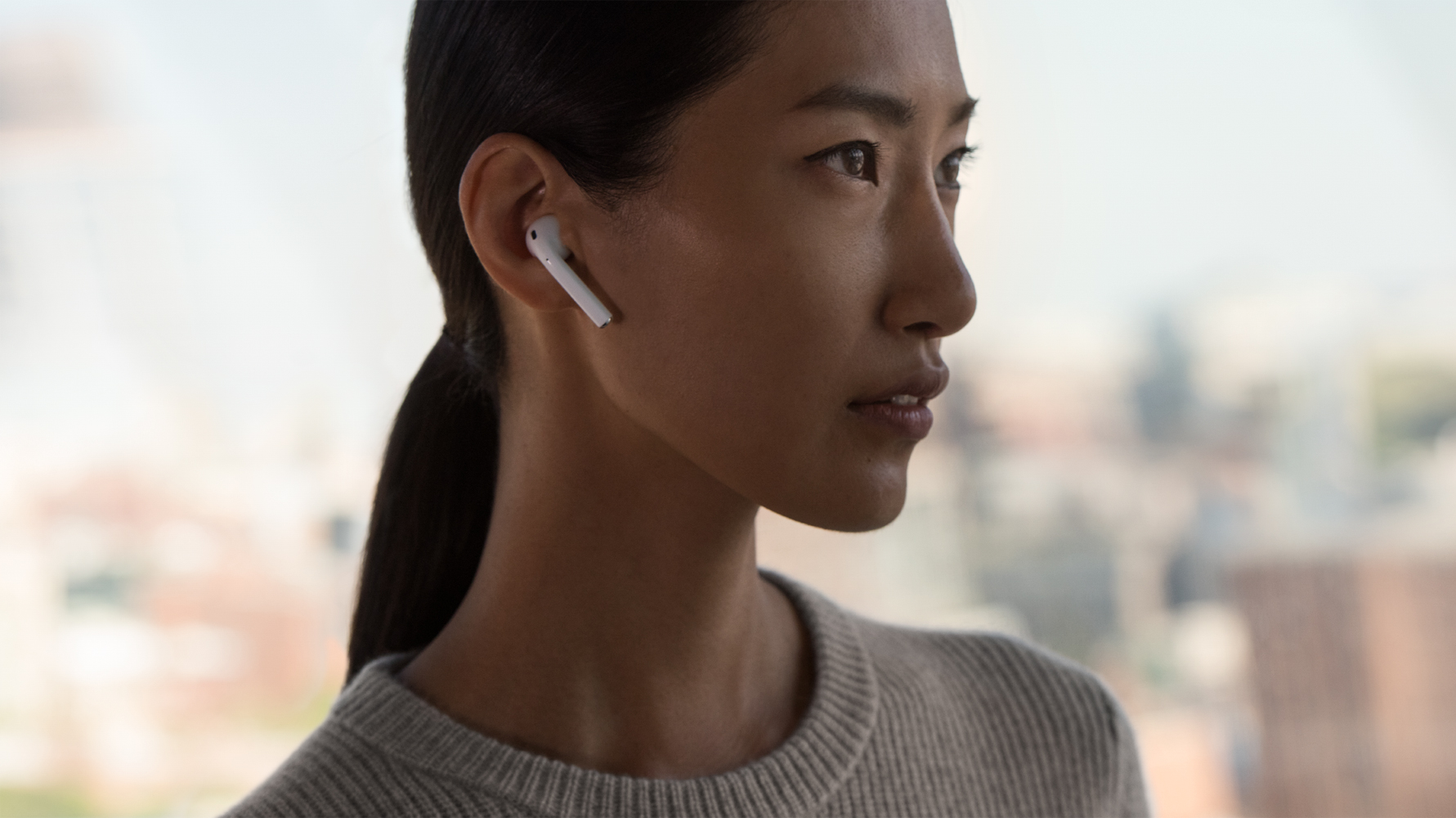
A strange thing happened about six months ago, when I started to notice more and more people wearing Apple AirPods on the train each day.
The AirPods were mocked when they were first launched in 2016, for being over-engineered, and over-priced – and by people like me who couldn’t actually get the darn things to stay in their ears for more than five seconds at a time.
Yet, a couple of years later, the AirPods are very much in vogue, and the internet is abuzz with rumors of the AirPods 2 on the way.
With loads of other manufacturers taking a cue from the true wireless design of the AirPods, Apple actually seems to have popularized a whole new category of headphones.
There are plenty of gadgets and games that seemed to crash and burn when they were first launched.
Of course, the AirPods aren’t the only tech product to have undergone such a dramatic reversal of fortunes. There are plenty of gadgets and games that seemed to crash and burn when they were first launched, only to rise phoenix-like into the tech hall of fame.
So let’s take a stroll down memory lane and look at some of the zeroes that somehow managed to become tech heroes.
Apple AirPods (2016)

The wire-free AirPods did get some good reviews when they were first launched, but they cost £159 and the audio quality wasn’t much better than you could get from a cheaper set of Bluetooth headphones.
Sign up for breaking news, reviews, opinion, top tech deals, and more.
Yet, in the last six months or so, the AirPods have been all over the place, being worn on trains and out on the streets – and featuring prominently in Velvet Buzzsaw, the new Jake Gyllenhaal film on Netflix.
- Check out our roundup of the best true wireless earbuds
Samsung Galaxy Note 7 (2016)

The Galaxy Note 7 had record pre-orders ahead of its launch launch in mid-2016, but there were soon reports of batteries overheating and catching fire.
The phone was banned on many airlines, and discontinued before the end of the year – with Samsung taking a huge hit to its profits in the process. Yet Samsung took less than a year to recover, launching the successful Galaxy Note 8 in 2017, and Galaxy Note 9 in 2018.
Microsoft Tablet PC (2000)
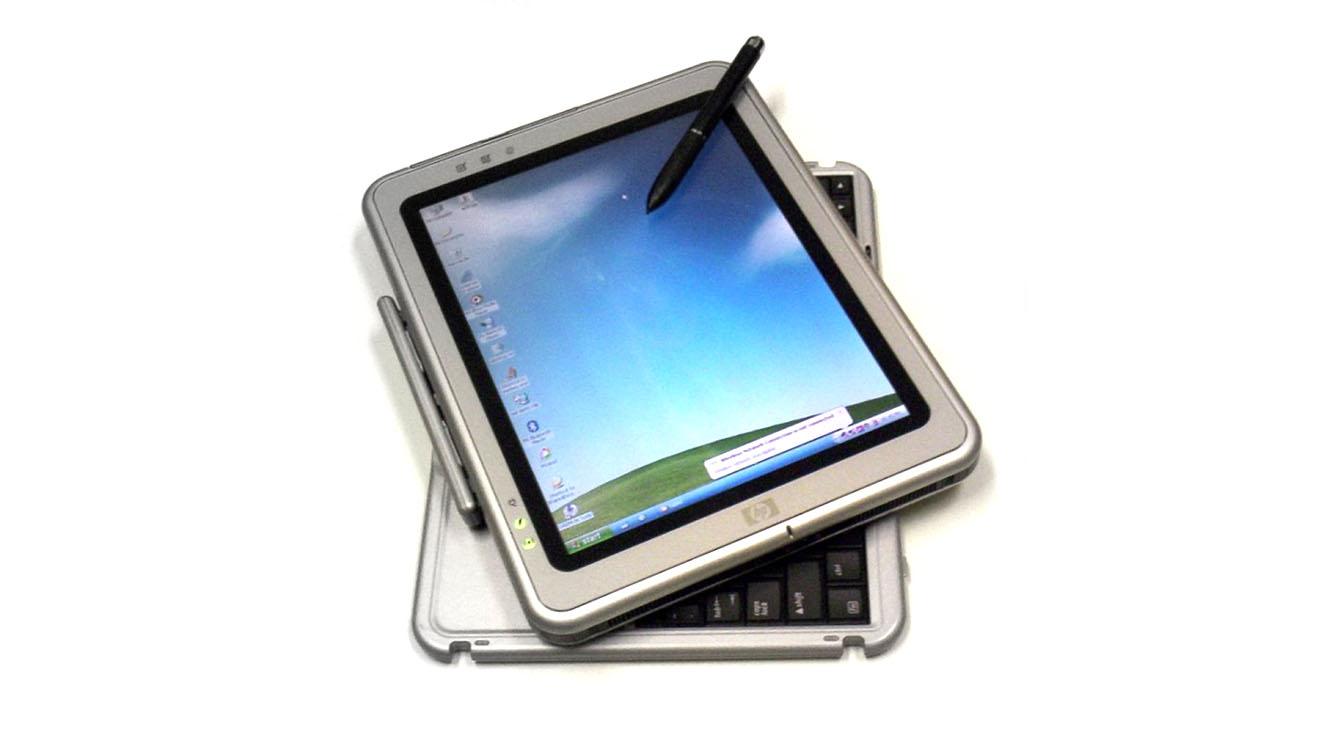
You’ve got to give Bill Gates credit, as he was promoting the idea of a ‘tablet PC’ years before Apple got round to launching the iPad.
Gates demonstrated a prototype tablet in 2000, and a number of PC manufacturers produced their own tablet devices as well – but the processor technology of the time just wasn’t ready for these new mobile devices, and it wasn’t until 2010 that Apple managed to pull it off with the category-defining iPad.
Apple Macintosh Portable (1989)
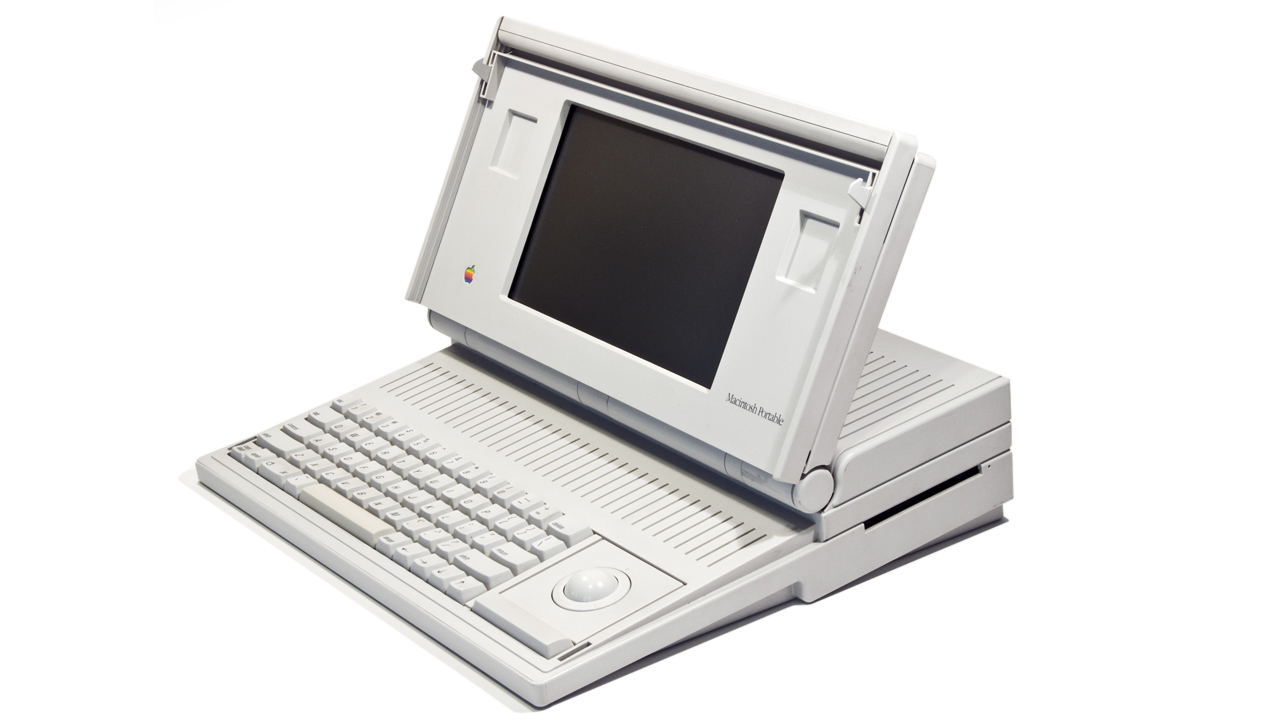
Apple had its own stumbles with mobile technology along the way. The Macintosh Portable was its first foray into the laptop market, but with a weight of more than 7kg this colossal clunker was quickly dubbed the “luggable” instead.
But Apple learned from this mistake, and a few years down the line it came up with the groundbreaking, super-slim design of the MacBook Air.
Microsoft Surface (2012)
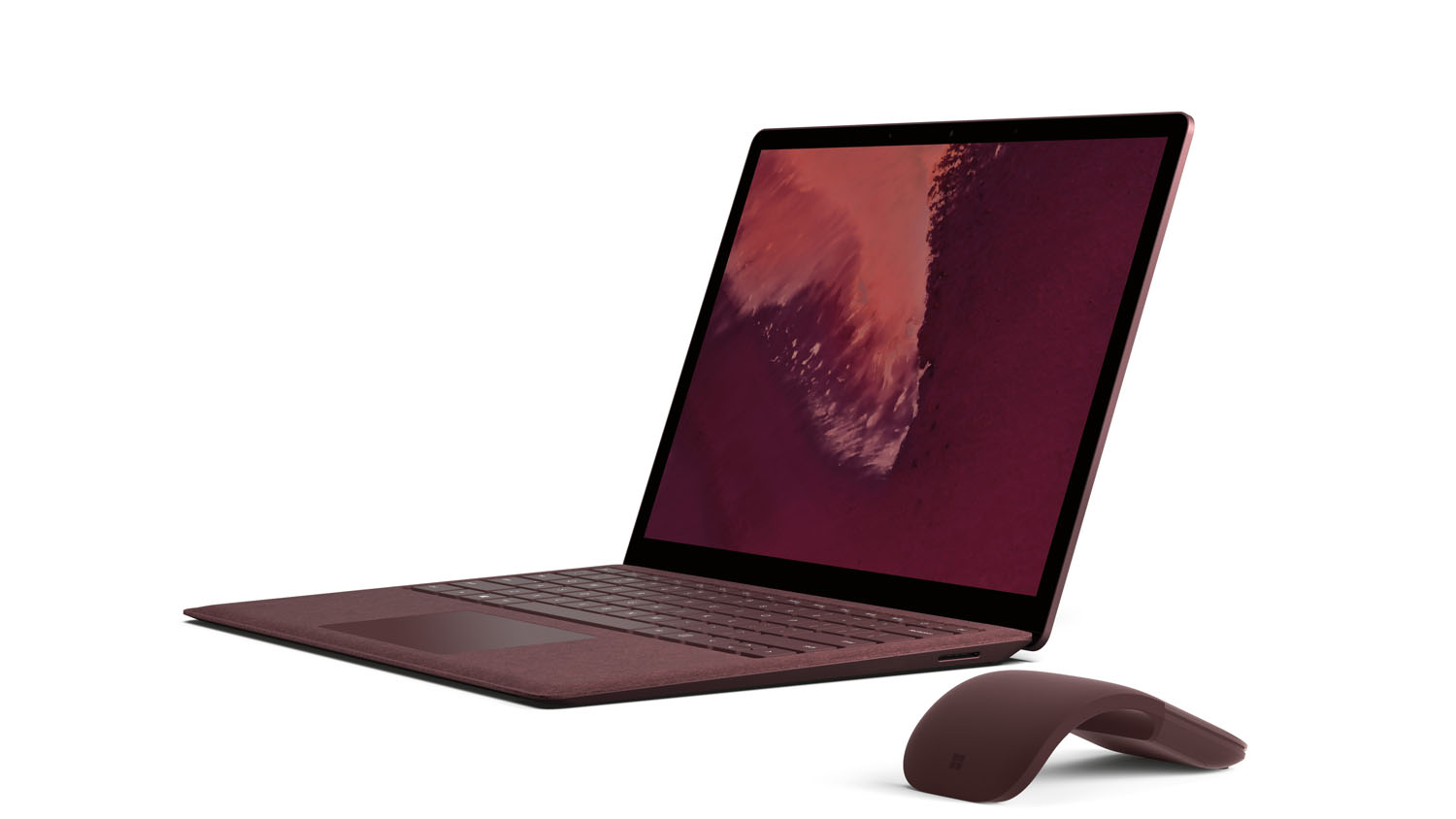
The Surface range has been a huge success in recent years, yet the first version sank without trace, as it ran a modified version of Windows – called Windows RT – that never got very much support from apps and software developers.
It was the Surface Pro running the standard version of Windows 8 that turned things around in 2013. Microsoft never looked back, and the versatile design of the Surface has been widely copied – even by Apple, which released the iPad Pro in response.
- Read our review of the Microsoft Surface Go
The Chromebook (2011)
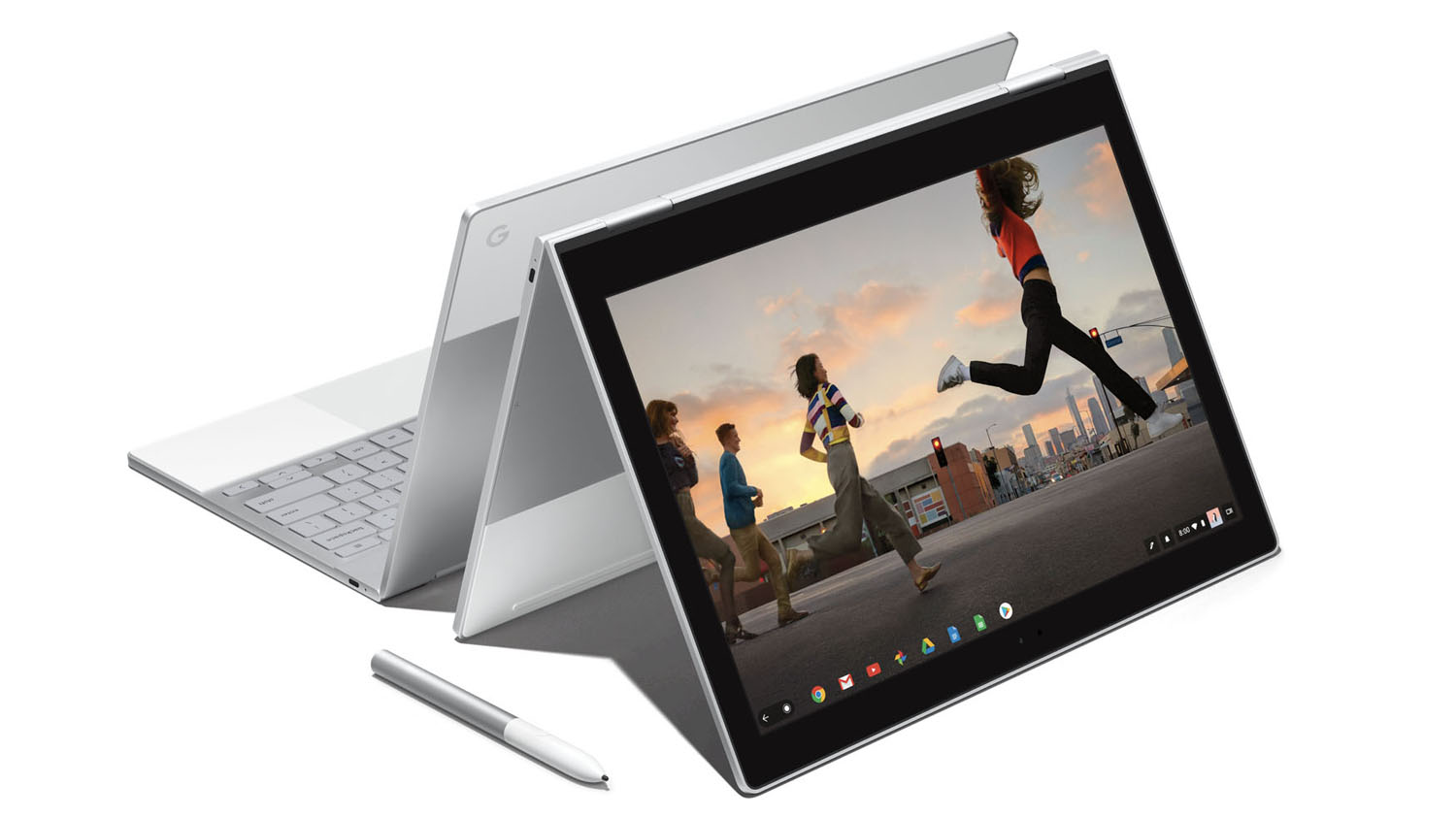
The first Chromebooks got mixed reviews back in 2011, and were criticized for their poor performance and reliance on an ‘always on’ internet connection. So, in 2013, Google took matters into its own hands, and launched its own Chromebook, called the Chromebook Pixel.
The Pixel was expensive, starting at around $1000 (£750 / AU$1400), but its high-res screen and powerful Intel processor made it a match for traditional Windows laptops.
Google’s current Pixelbook has a convertible design that directly competes with the Microsoft Surface, and there’s an increasing range of Chromebooks on offer from traditional PC manufacturers as well.
World of Warcraft (2004)

It’s been one of the most successful games of all time, but World Of Warcraft got off to a rocky start.
The online servers were overwhelmed by the sheer numbers of people trying to log into the game, and hardcore players quickly reached the game’s level cap and found there wasn’t much else to do.
But an endless stream of expansion packs kept the fans coming back for more, and WoW still has millions of paying subscribers while most of its rivals have ditched subscriptions and gone free-to-play.
Elder Scrolls Online (2014)

The single-player games in Bethesda’s Elder Scrolls series are some of the most revered games of all time, so expectations were high when the company announced the massively-multiplayer Elder Scrolls Online (ESO).
But those hopes came crashing to the ground when the PC version arrived in 2014. Log-in problems were just the start, and a series of bugs and a dated design saw subscribers fleeing in droves.
But ditching subscriptions in 2015 saved the game, and a series of impressive expansion packs has ensured that ESO is now permanently perched near the top of the MMO chart on Steam.
Final Fantasy XIV Online (2010)
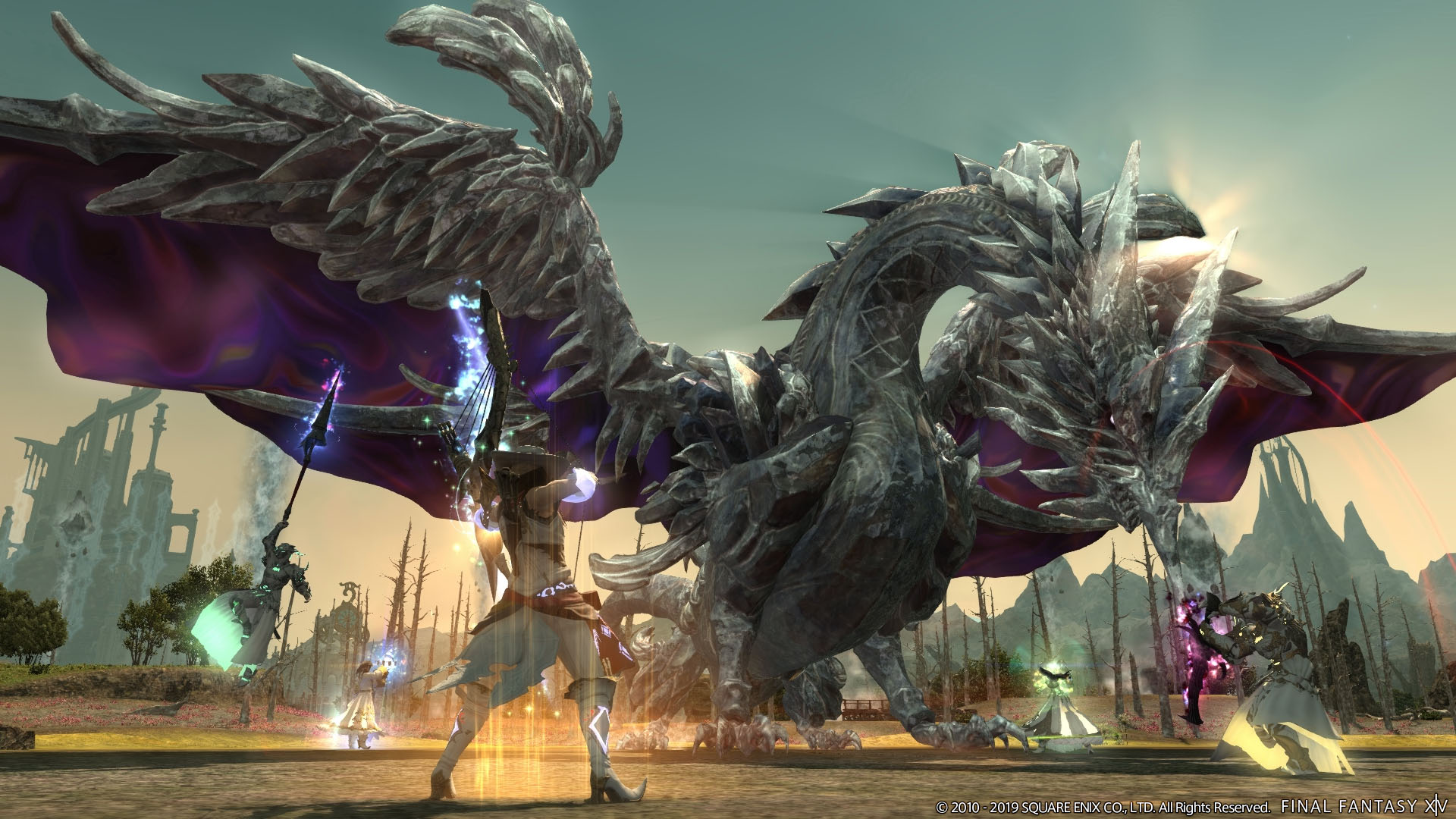
Like the Elder Scrolls games, the Final Fantasy series has a long and successful history, but the online FFXIV fell flat on its face when it first launched, with an endless series of bugs and technical glitches.
The revamped 2012 edition had problems too (don’t even ask about the Mac version…) but with each successive patch and update, FFXIV was knocked into shape, and with continuing healthy subscriber numbers it has actually become one of the company’s most successful releases.
Diablo 3 (2012)
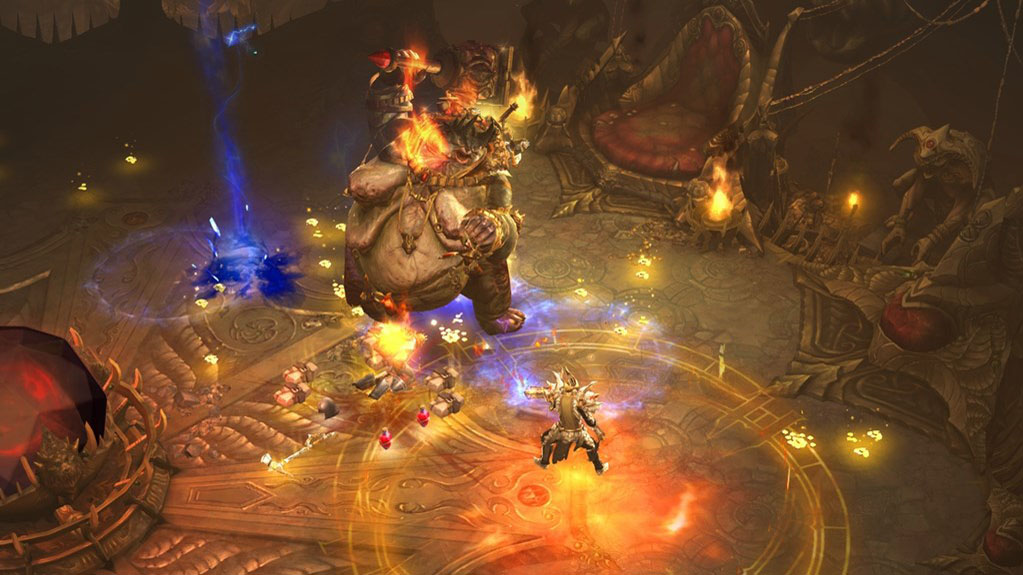
Many multi-player games have log-in problems following their initial launch, but Diablo 3 went one further, with the infamous Error 37 that even prevented solo players from logging into the game’s single-player mode as well.
The online ‘auction house’ that allowed you to buy weapons and armor with real money also went down like lead balloon.
But, with Error 37 eliminated, and the auction house quickly shut down, Diablo 3 turned out to be hideously addictive and entertaining, and is still going strong today (just don’t mention Diablo Immortal…).
Pebble Watch (2013)
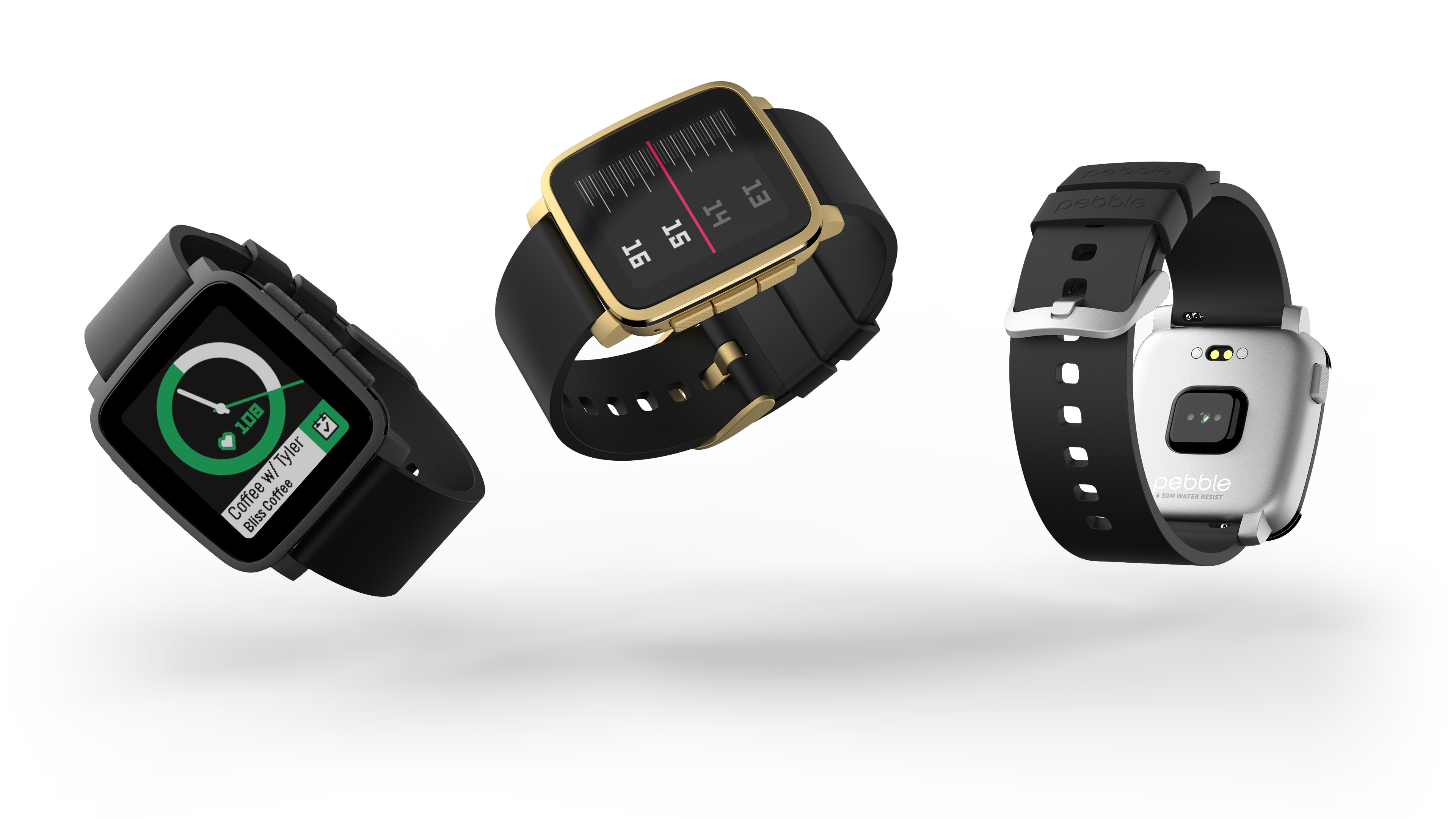
The Pebble was the first modern smartwatch, and it broke records for the funding that it raised on Kickstarter in 2012 – but sales didn’t live up to expectation, and the company shut down in 2016.
However, Pebble sold most of its patents and technology to Fitbit – who, of course, went on to create a whole new category of ‘fitbands’, and a couple of years later, Apple did its usual mopping-up trick with the Apple Watch.
Sega Dreamcast (1998)

Sega’s Dreamcast was the harbinger of modern, online gaming. It was the first console to include a built-in modem for Internet access and online gaming, but a lack of A-list games titles saw the Dreamcast discontinued in 2001.
It was a glorious failure, though, and pointed towards the future of gaming, with online games such as Fortnite now dominating the industry.
The mobile phone (1946)

Admittedly, we’re getting a bit generic here, but the very first MTS – mobile telephone service – from Bell in the US was launched back in 1946, and weighed in at a whopping 36kg.
Motorola launched the first modern mobile phone – the fondly remembered Dynatac ‘brick’ – in 1973, with a more manageable weight of about 1kg. And the rest, as they say, is history.
Foldable smartphones
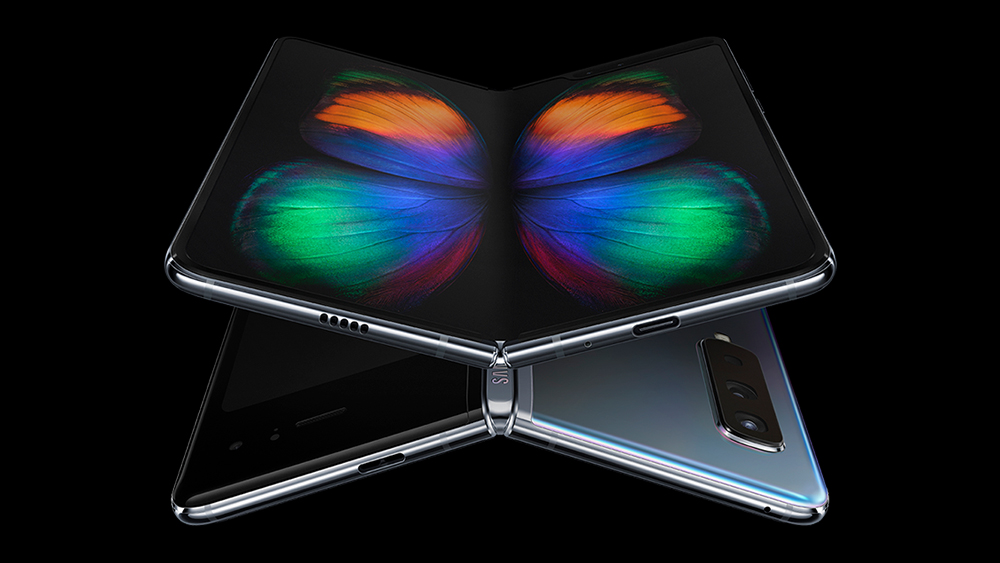
Talking about making history, our future tip for the top is the folding smartphone, which arrived in a flurry of headlines at the Mobile World Congress last month.
The $2000 (around £1,515 / AU$2,760) price tag of Samsung’s Galaxy Fold doesn’t exactly have ‘mass market success’ written all over it, and Huawei’s Mate X is even more expensive at around $2600 (£2,000 / AU$4,770).
But there’s so much money and effort going into foldable screen technology that it’s just a matter of time before one of these bendy things finds its way into your pocket.
Google Glass (2013)

Actually, the Google Glass is still a big fat zero. The original idea was suitably futuristic, allowing you to view information such as maps or emails on the lens of the glasses, but the ability to take pictures of people without their knowledge by using the built-in camera raised privacy concerns, and actually led to physical attacks on a number of Glass wearers.
On the upside, the Glass debacle did coin the term “glasshole” – so it wasn’t a complete loss.
Cliff Joseph is a former Editor of MacUser magazine, and a freelance technology writer with 30 year’s experience in the industry (and old enough to remember when Apple was close to going bust…).
His first job involved using Macs for magazine sub-editing and typesetting, which led to the realisation that these computer-thingies might actually turn out to be useful after all. After a few years specialising in the Mac side of the market, he went freelance and embraced the wide world of digital technology, including Windows PCs, digital audio and hi-fi, and networking. Somewhere along the line he also developed a bit of a gaming habit and has stubbornly waved the flag for Mac gaming for far too many years.